
Many herbs have been shown to help relieve menstrual cramps. These herbs can be consumed directly or applied topically to the skin.
Some common herbs used to relieve menstrual cramps include ginger, fennel, and chamomile. Certain combinations of these herbs may be more effective than taking them individually.
In this article, we will talk about the symptoms and the best herbs for menstrual cramps!
Symptoms of Menstrual Cramps
1. Cramping Pain in Lower Abdomen
Cramping pain in the lower abdomen is a common symptom of menstrual cramps. The menstrual pain can vary from mild to debilitating and last several hours. There are many reasons for cramping during menstruation, but the cause of abdominal cramping, in particular, is often unknown.
Some possible causes include endometriosis, fibroids, and ovarian cysts. In most cases, however, the cause remains unknown. If you experience severe cramping during your period, consult a doctor to determine if there is a more serious underlying problem.
2. Nausea
There are many possible reasons for nausea and vomiting during menstruation. The most common causes include food poisoning, morning sickness, ovarian cysts, medications, and motion sickness.
Although these are all potential causes of nausea and vomiting during menstruation, there is only one definitive answer as to why someone might experience this symptom: a menstrual cramp.
Menstrual cramps typically consist of a series of spasms that occur in the lower abdomen. These spasms can cause intense periods of pain, bloating, and even vomiting. Nausea and vomiting are often the primary symptoms associated with menstrual cramps, but they can also cause fatigue, headaches, and an overall feeling of distress.
3. Headache
Headache is one of the most common symptoms reported by women during menstrual cramps. A headache signifies something is wrong with the woman’s head and neck, which can be caused by several factors, like sinus congestion, tension headaches, or a brain tumour.
In some cases, menstrual cramps may be due to an underlying headache, like migraine or tension-type headaches. There are also a few reasons why headaches can occur during menstruation.
One reason is that fluid retention can cause pressure on the temples and surrounding skull tissue. Another reason is that hormone fluctuations can trigger headaches in some women.
If you’re experiencing regular headaches during your period, talk to your doctor to see if something is causing them and whether they might be related to your period.
The 10 Best Herbs for Menstrual Cramps
1. Ginger
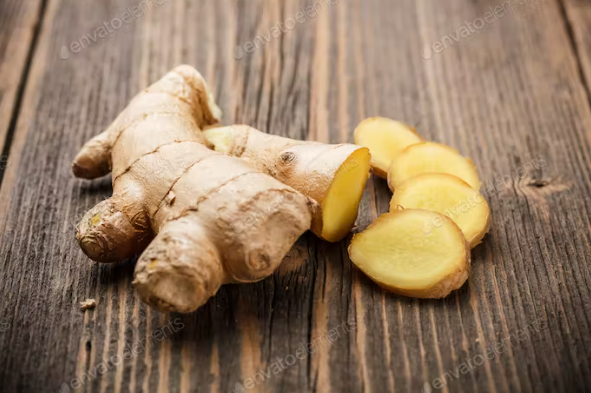
Ginger is used as a treatment for many health conditions. Recent studies have shown that ginger can be very beneficial for menstrual cramps. Here are some of the benefits of using ginger to relieve menstrual cramps:
Ginger is a natural pain reliever and anti-inflammatory agent. It can help reduce inflammation and pain associated with menstrual cramps. Ginger also has anti-nausea and anti-diarrhoea properties, which makes it especially beneficial for women who suffer from those symptoms during their period.
Additionally, ginger promotes better circulation, which can help relieve muscle aches and other types of menstruation-related discomfort. There are numerous other benefits to taking ginger during your period, but these are just a few of the most notable ones.
2. Pycnogenol
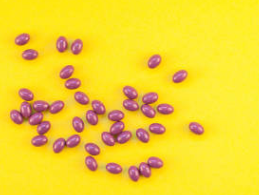
Pycnogenol, a phenolic compound found in many herbal supplements, is effective in relieving menstrual cramps. Studies have shown that pycnogenol can significantly reduce pain, inflammation and swelling associated with menstrual cramps. Additionally, pycnogenol has been shown to improve mood and quality of sleep.
There are many reasons why the benefits of pycnogenol for menstrual cramps make it an attractive choice for women struggling with this symptom. Pycnogenol is inexpensive and easy to find, making it a viable option for people who want to enjoy the benefits of natural remedies without spending much money.
3. Fennel
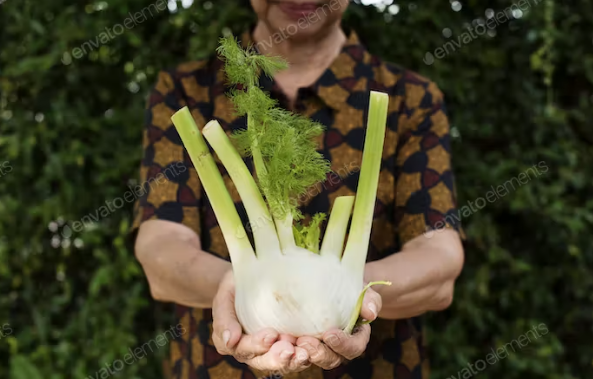
Fennel is native to Eurasia and is a perennial herb. It grows up to 1.5 meters tall and can be found in areas like the Mediterranean, Central America, and North America. The leaves are triangular, with sharp edges, and the flowers are small and white. Fennel is mainly used in cooking, but it has been used for medicinal purposes for centuries.
The primary use of fennel is as a herb for menstrual cramps. In studies on humans, fennel was shown to effectively reduce the severity of cramps by up to 50%.
Fennel was also shown to improve overall symptoms such as mood swings, anxiety, and fatigue. Some of the benefits of taking fennel include improved circulation and better digestion.
4. Chinese Herbs
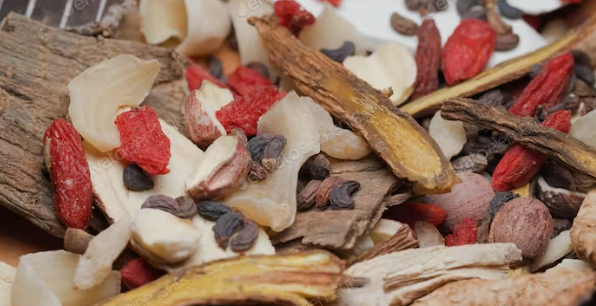
Many people swear by a Chinese herb as a natural remedy for menstrual cramps. While there is limited scientific evidence to support this claim, many women find that these herbs work well. Here are some of the benefits and advantages of using a Chinese herb for menstrual cramps:
The remedies often use traditional ingredients such as ginger, garlic, and liquorice which have been shown in numerous studies to be effective for easing pain and reducing inflammation.
Since these remedies are made with natural ingredients, they are gentle on the body and do not carry the risk of side effects like NSAIDs (nonsteroidal anti-inflammatory drugs).
Furthermore, much Chinese herbal medicine is believed to have other health benefits, such as improving sexual function and preventing heart disease.
5. Raspberry Leaf
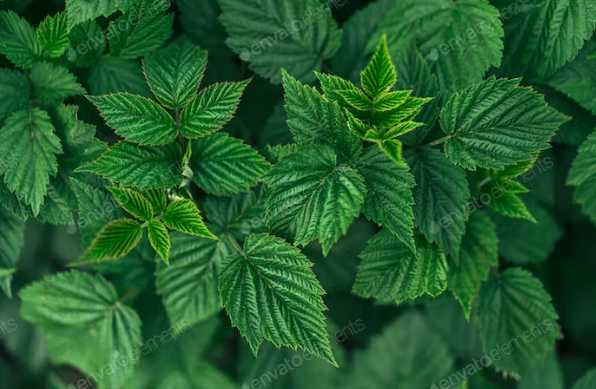
Raspberry leaf is a famous herbal remedy for menstrual cramps. The leaves are often dried and ground into a powder, which is then mixed with water or other liquids to form a tea or tincture. Some people use the leaves as a poultice on the lower back or abdomen.
Raspberry leaf has relatively been used for centuries to relieve menstrual cramps. The herb contains terpenes, including limonene and linalool, which are thought to be responsible for their anti-inflammatory effects.
In addition, raspberry leaf has been shown to improve blood flow and reduce pain sensations in the pelvic area.
6. Wild Yam
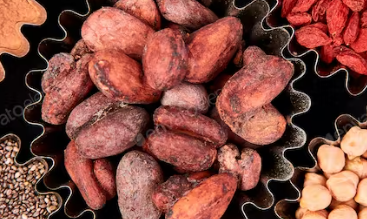
Wild yams are a type of herb that has been used for centuries to treat various medical conditions. One of the most popular uses for wild yams is for treating menstrual cramps. There are many benefits to using wild yams for treating menstrual cramps, including the following:
- Wild yams are a natural source of fibre. This helps to ease constipation and regulate the digestive system.
- Wild yams contain compounds that help to relax muscles and make pain relief. This makes them an effective treatment for menstrual cramps.
- They also contain compounds that can improve blood circulation and reduce inflammation. All of these factors can help to alleviate the pain and discomfort associated with menstruation.
7. The Chamomile
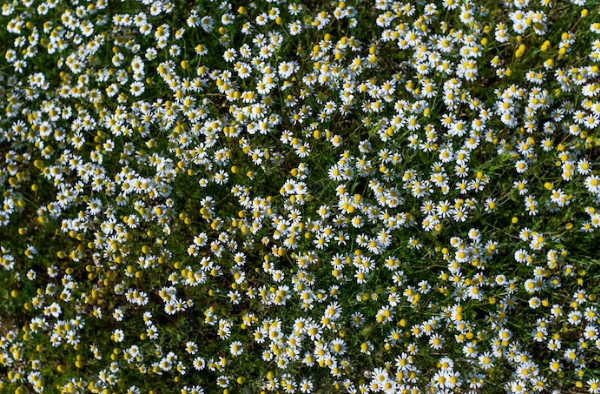
Chamomile is well-known herbal medicine for many ailments. Some people believe that it can help relieve menstrual cramps. Here are some of the benefits and advantages of using chamomile during your period:
- Chamomile is a relaxing herb that can help reduce tension and pain associated with menstruation.
- Chamomile has been traditionally used to treat various types of cramps, including menstrual cramps.
- Chamomile is safe to use during pregnancy and breastfeeding, and it has no known side effects.
- Chamomile is easy to find and inexpensive, making it an excellent choice for people who want to alleviate their symptoms without spending much money.
- Chamomile may also have other positive effects on health, such as reducing anxiety levels and improving moods.
8. Chasteberry
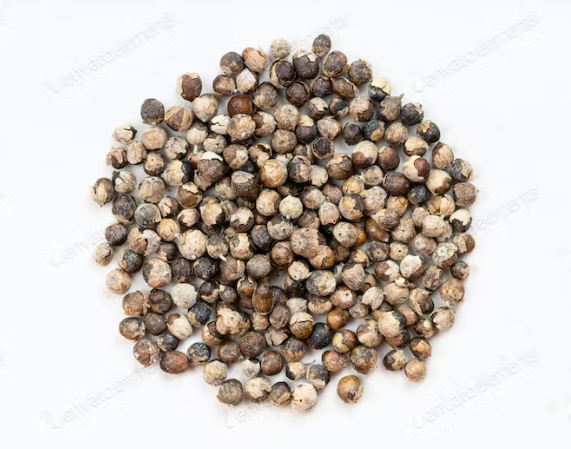
Chasteberry is a popular herb for menstrual cramps. Chasteberry has been used medicinally since ancient times, and there are many benefits to taking chaste berry supplements or eating chaste berry fruit daily.
Here are five reasons why chaste berry is the best herb for menstrual cramps:
- Chasteberry helps to relieve pain and inflammation.
- It can help to improve blood flow and reduce swelling.
- It can help to decrease cramps’ intensity and duration.
- It has anti-inflammatory properties, which can help to reduce the risk of future cramps.
- Chasteberry aids in better circulation, which helps remove toxins from the body and reduces inflammation throughout the body.
9. Lavender
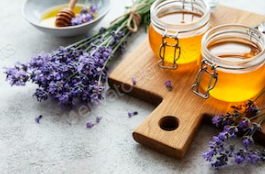
Lavender is one of the most popular herbs for menstrual cramps. It has been used for centuries to treat various issues, including anxiety, depression, and pain. There are many benefits to using lavender for menstrual cramps.
- It is a natural way to soothe the nerves and muscles surrounding the uterus.
- Second, lavender can help reduce inflammation and pain.
- Third, lavender can increase blood flow and promote relaxation.
- Finally, it has been proven to be an effective treatment for menstrual cramps in both men and women.
10. The Cinnamon
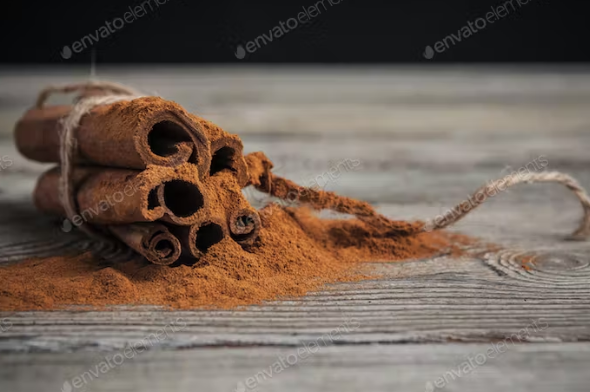
Cinnamon is one of the most popular and has been used by many people as a spice worldwide. It has a long history of being used for culinary and medicinal purposes. Cinnamon has been known to be effective in treating various ailments, including menstrual cramps.
Some of the benefits of cinnamon include reducing inflammation, promoting blood circulation, and improving digestion.
Additionally, it can help alleviate stress and anxiety levels. One reason why cinnamon is such a beneficial herb for menstrual cramps is that it contains compounds which help to relax muscles and reduce pain.
Conclusion
Herbs for menstrual cramps are a great way to alleviate the pain and discomfort associated with the monthly cycle.
- Herbs for menstrual cramps are a natural way to relieve pain.
- They are also an affordable and convenient way to get relief.
- Some of the herbs that are commonly used for this purpose include ginger, chamomile, and lavender.
- Herbs work by reducing inflammation and pain. It can help improve the flow of blood during your period.
FAQs
Is there a fruit that can relieve period cramps?
The potassium and vitamin B6 in bananas help relieve symptoms of bloating and cramping. Throw some pineapple chunks into your smoothie while you’re at it.
During menstruation, what drinks should you avoid?
Your PMS symptoms can worsen if you drink caffeine-filled drinks like tea and coffee. While on your period, avoid caffeine-rich foods and drinks.
Is there a reason why periods hurt so much on the first day?
The uterus produces natural chemicals called prostaglandins that cause this pain. Uterine muscles and blood vessels contract as a result of prostaglandins. A period’s first day is characterised by high prostaglandin levels.


